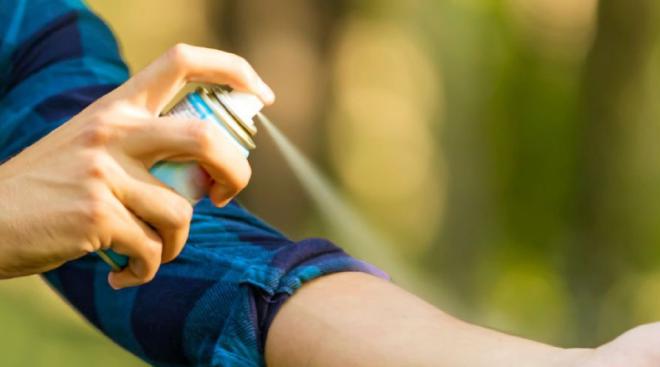

During the warm months of the year, the use of mosquito repellents tends to increase in order to prevent bites from this insect, among which is, for example, the Aedes aegypti, a transmitter of viruses that cause diseases such as dengue. The INTI supports the manufacturers of these products through the analysis of DEET, which is the most commonly used ‘functional ingredient’ (the main component to fulfill its function).
“Our work consists of analyzing the percentage of DEET present in each repellent, to ensure that the product meets the concentrations of this ingredient declared on its packaging and can provide effective protection,” details Lorenzo Debiasi Robles from the Analytical Development and Process Control Department of INTI.
“When buying a repellent, it is important to consider the percentage of DEET, because that value directly impacts the duration of protection. For example, a repellent with 10% DEET can provide protection for an average of 2 hours, while one with 24% can last up to 5 hours,” explains Debiasi Robles. In this regard, he adds that the maximum concentration allowed by health authorities, in Argentina, is 30% and that the effect can vary with sweating, physical activity, or weather conditions."
The analysis process begins with the samples preparation, a fundamental step that requires meticulous criteria to ensure that the results are representative and reliable. For this, high-precision equipment is used, such as the gas chromatograph coupled with a flame ionization detector.
“Thanks to these rigorous controls, we can ensure that the repellents we analyze and that are available on the market contain the concentrations and raw materials that they state on their label, thus complying with what the manufacturer has declared,” concluded Debiasi Robles.

